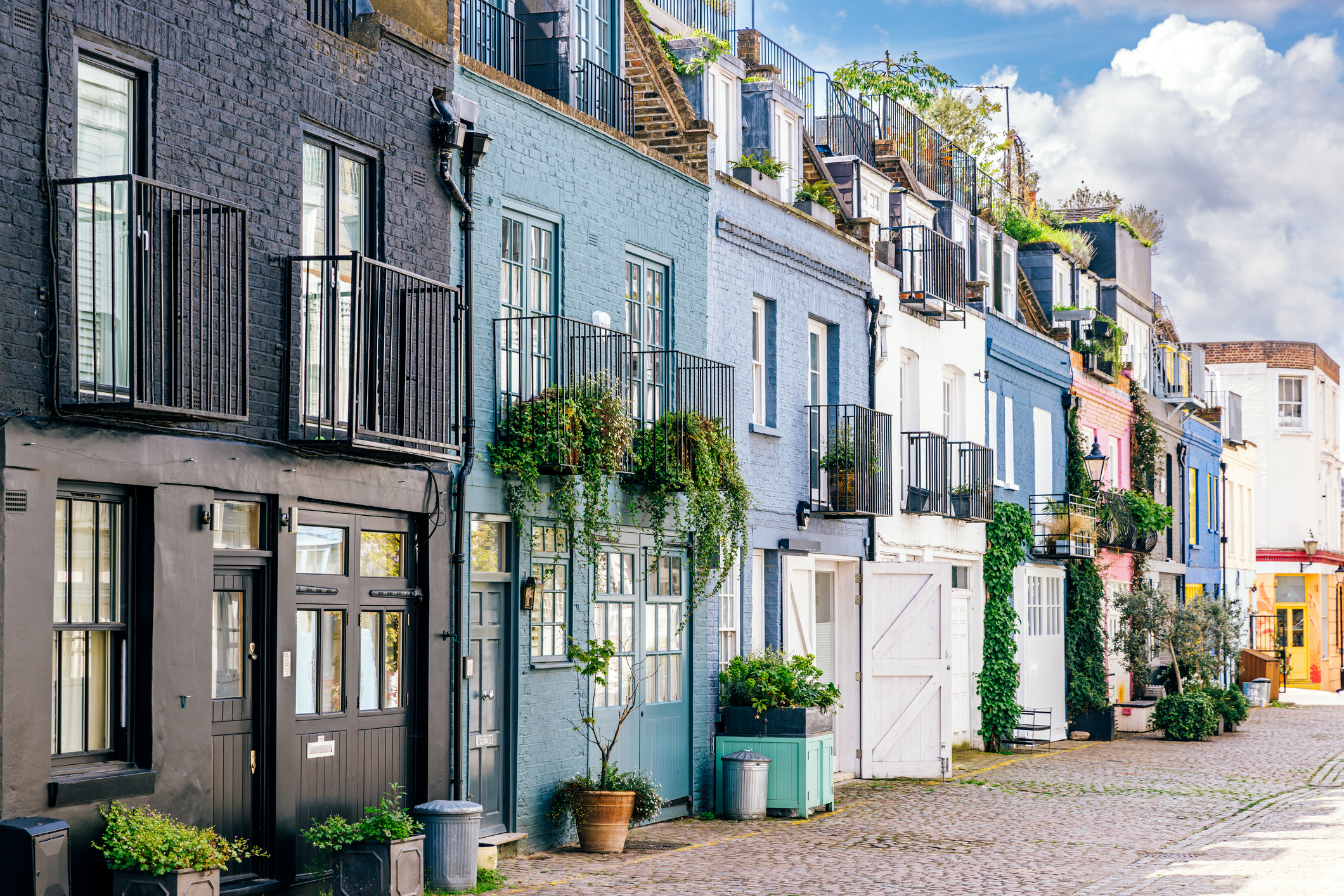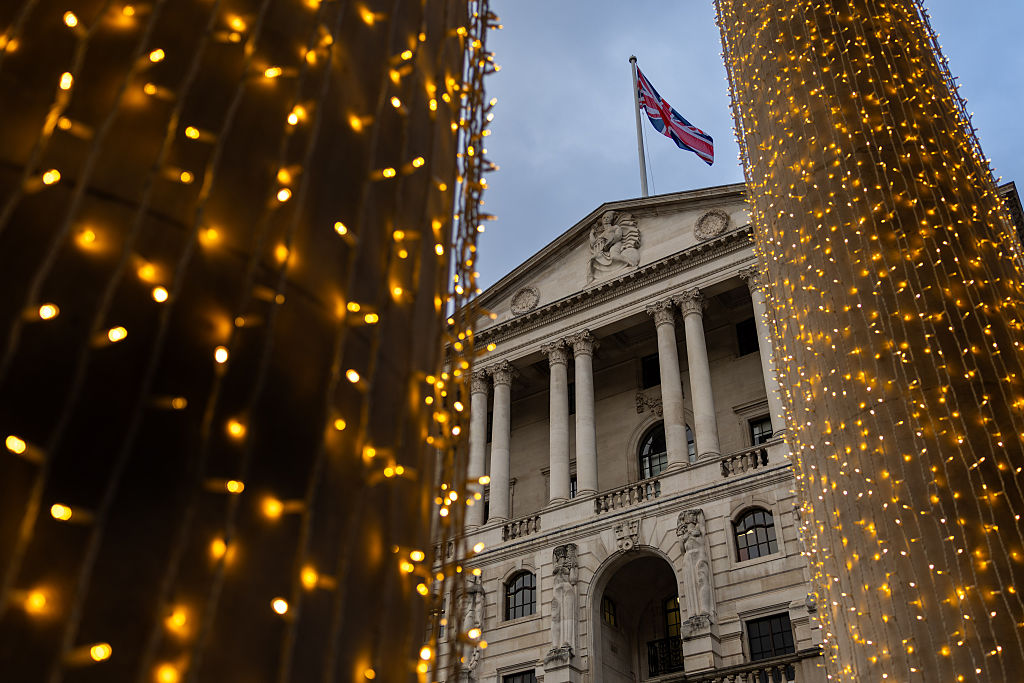The worst London boroughs to sell a second home as investors face £16k capital gains tax bill
Property investors selling up in London are benefiting from a decade’s worth of house price rises, but for many it’s resulting in higher capital gains tax bills


Second home owners in the capital face paying capital gains tax of more than £16,000 on average when they come to sell, according to new analysis – but a slump in prime London property prices means some sellers escape the bill.
The London property market is in the doldrums, potentially making it a good time to buy a house there. For second homes across the capital, purchases dropped by 42% in the 12 months to June, according to data from estate agent Jefferies London, while in the prime market, the decline was steeper at 51.4%. Overall transaction levels in London fell by 20.5% year-on-year.
However for those who do manage to sell a second property, and for a profit – where a gain is made – capital gains tax is due. You pay higher rates of capital gains tax on a property than on other types of assets. Basic rate taxpayers currently pay 18% on any gains they make when selling an additional property. Higher and additional rate taxpayers currently pay 24%.
MoneyWeek
Subscribe to MoneyWeek today and get your first six magazine issues absolutely FREE

Sign up to Money Morning
Don't miss the latest investment and personal finances news, market analysis, plus money-saving tips with our free twice-daily newsletter
Don't miss the latest investment and personal finances news, market analysis, plus money-saving tips with our free twice-daily newsletter
The gains seen on the average London property over the last decade were analysed by Enness Global, a mortgage broker. It found increases in property prices in the last 10 years, plus reductions in capital gains tax allowances and hikes in rates, will leave the average seller with a double digit CGT bill to pay.
Islay Robinson, CEO of Enness Global, said: “Capital gains tax has become an increasingly significant consideration for property investors – particularly following recent rate increases and the reduction of the annual exemption – and whilst the London market continues to deliver robust long term returns in many areas, those gains now come with a heavier tax burden for second home owners.”
We look at ways to cut your capital gains tax bill in a separate article.
What’s the average capital gains tax due on second homes in London?
Enness looked at the change in property value since 2015, less the £3,000 capital gains tax allowance and other eligible cost deductions such as stamp duty, legal fees, and estate agent fees.
It then calculated the total capital gains tax payable at both 18% and 24% to reflect the current rates applied to basic and higher rate taxpayers.
The research found across London, for a lower-rate taxpayer, the average capital gains tax due on a second home would be £12,334, while a higher-rate taxpayer selling a second home in London today would face a charge of £16,446.
This is based on the average property investment having cost £462,097 ten years ago, requiring a stamp duty payment of £13,105 and legal fees of £2,399. A decade later, the same property has increased in value to £561,587, a gain of £99,490.
With an average estate agent fee of £9,547 and legal fees of £2,915 at the point of sale, this puts total eligible deductions, for the purpose of the capital gains tax calculation, at £27,966. With the additional £3,000 CGT allowance, total capital gains subject to tax would stand at £68,524 – with capital gains tax payable at either 18% for a basic rate payer or 24% for a higher rate taxpayer.
The worst London boroughs to be a second home owner
The worst borough to be a second home owner over the last decade according to the research, based on a 24% higher-rate capital gains tax liability, is Redbridge, where a £31,381 capital gains tax bill would be due.
Next worst for second home owners selling up are Havering (a £30,153 CGT bill), Bromley (£29,140), Bexley (£29,052), and Waltham Forest (£29,006).
Each of these areas has seen substantial house price growth since 2015, resulting in significant capital gains tax bills for those exiting the market.
Prime London second home owners escaping CGT
However, while second home owners in outer London have faced steep increases in property values – and so capital gains tax bills – second home owners across prime central London have largely escaped CGT due to a decade of market stagnation and, in some cases, decline.
In Kensington and Chelsea, the average home is now worth £75,546 less than it was ten years ago, according to Enness’ analysis, meaning no capital gains tax is owed when selling a second home. The same applies to Westminster, Hammersmith and Fulham, and the City of London, where prices have all fallen since 2015.
Even in boroughs where values have grown modestly, weaker market performance has left second home owners exempt from CGT when selling up. Areas such as Tower Hamlets, Islington, Wandsworth, and Southwark have seen minimal appreciation over the last decade, leaving their long-term investors effectively immune from capital gains taxation once the CGT allowance and deductible costs are accounted for.
Robinson said: “The reduction in values across many prime postcodes over the last decade has shielded many high-end second home owners from capital gains liabilities. So, whilst they may be in the red with respect to the equity built on their investment, the silver lining is that they won’t be penalised for trying to off-load underperforming bricks and mortar assets in the current market climate.
“It’s a reminder that property investment returns are highly localised and that strategic planning, timing, and structuring are vital when managing or exiting a high-value asset.”
Get the latest financial news, insights and expert analysis from our award-winning MoneyWeek team, to help you understand what really matters when it comes to your finances.
Laura Miller is an experienced financial and business journalist. Formerly on staff at the Daily Telegraph, her freelance work now appears in the money pages of all the national newspapers. She endeavours to make money issues easy to understand for everyone, and to do justice to the people who regularly trust her to tell their stories. She lives by the sea in Aberystwyth. You can find her tweeting @thatlaurawrites
-
 What are my retirement income options?
What are my retirement income options?We’re all told to save into a pension, but there’s widespread confusion about how to take an income from our savings and investments at retirement, a new study has found. We look at your retirement income options.
-
 UK interest rates: will the Bank of England lower rates?
UK interest rates: will the Bank of England lower rates?The Bank of England’s Monetary Policy Committee’s (MPC) final interest rates meeting of the year takes place tomorrow (18 December) and most experts expect a cut
